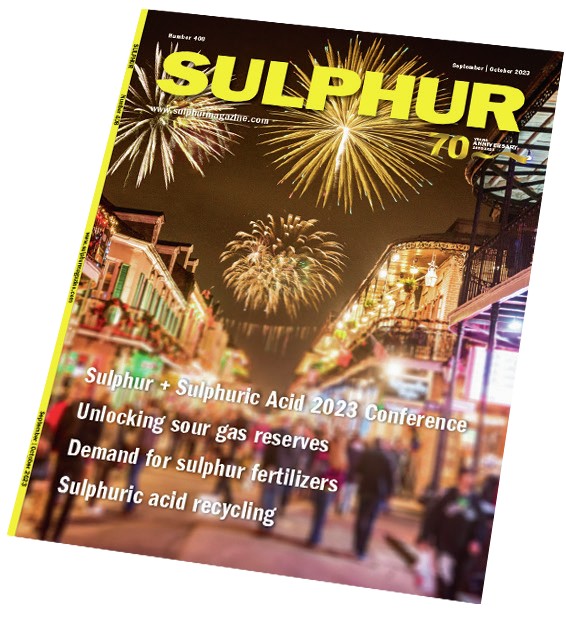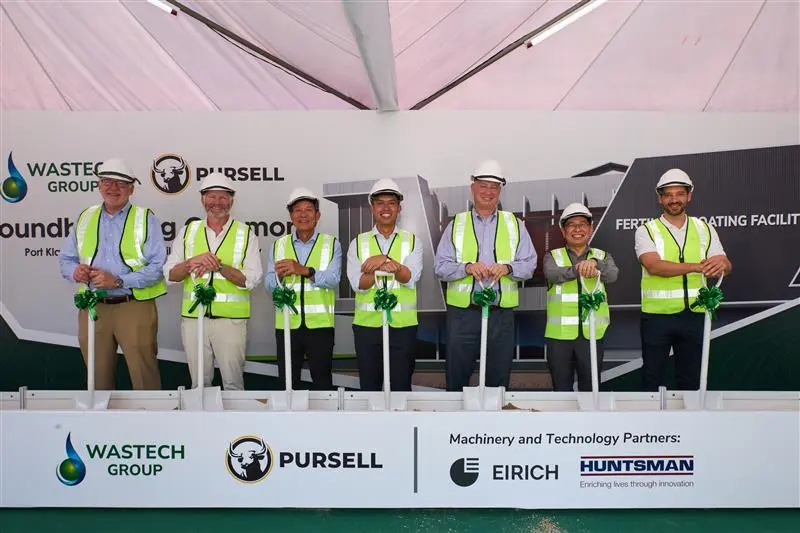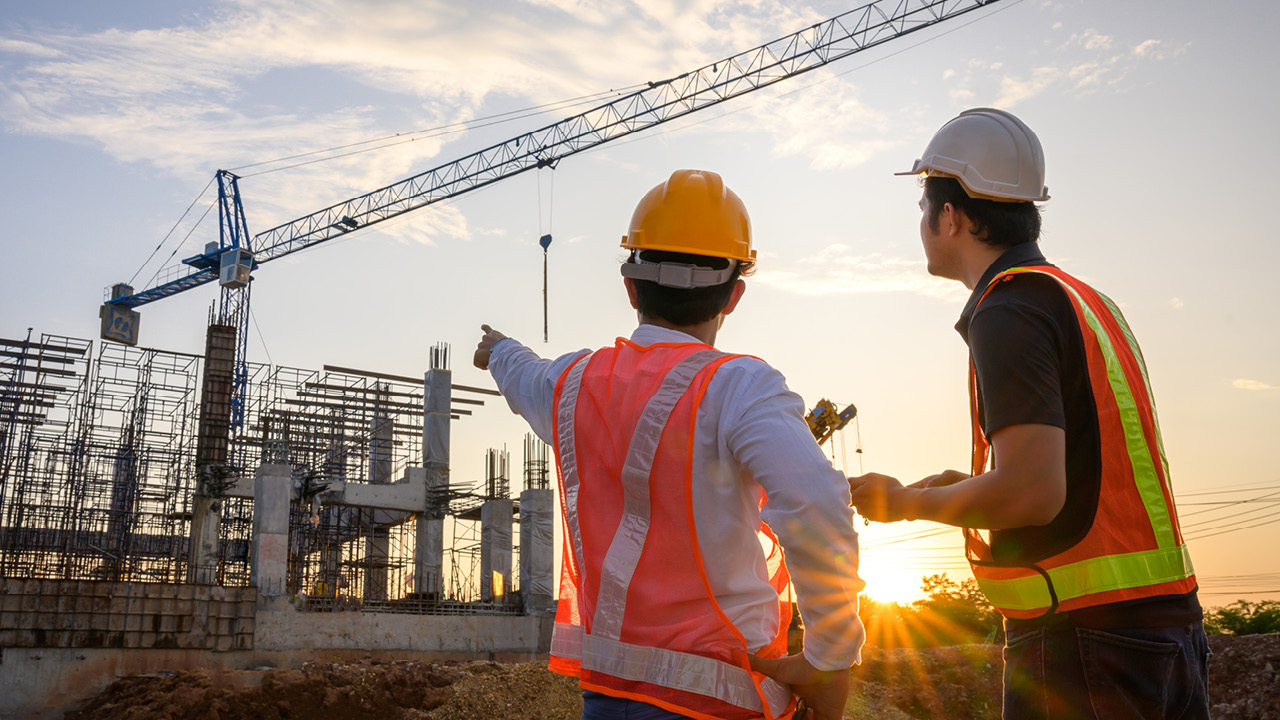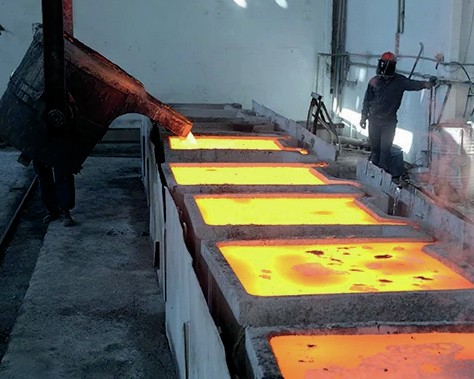Sulphur 408 Sept-Oct 2023

30 September 2023
China’s troubled transition

“We may have reached ‘Peak China’”
All is not well with the Chinese economy. Growth has slowed to a fraction of what it was, only 0.8% in 2Q 2023, and has not bounced back as expected as covid lockdowns were eased. Exports and imports are both falling, debt has reached 300% of GDP, youth unemployment is running at 20%, and the property market is collapsing, with huge property developers like Evergrande and Country Garden only avoiding bankruptcy via government arranged loan restructurings. Consumer prices have fallen year on year, raising the spectre of deflation, and productivity growth has fallen from 4.5% year on year in 2006-7 to around 0.8% today. The yuan is trading at a 16-year low against the dollar.
Coming after four decades of breakneck growth, instituted by Deng Xiaoping’s economic reforms in 1978, the slowdown has a been a return to earth after the boom years, driven in no small part by a huge demographic shift as the long term effects of increased longevity and the One Child policy lead to a rapidly ageing population with fewer new workers to replace those retiring. The government been trying to ease the country’s transition from a low wage industrial economy that is ‘the workhouse of the world’ to a middle income, consumer driven economy, but the property crash is a sign of low consumer confidence and low household incomes.
All of this has had a knock-on effect on commodity markets, which had been rising in anticipation of a Chinese post-covid bounce back. The dislocations caused by economic sanctions on Russia are easing, and with Chinese demand still slack and structural overcapacity remaining in many Chinese industrial sectors, prices are falling again, though there are still some bright spots, such as copper and nickel demand for renewable power and electric vehicles. Low margins at smelters are also leading to some shutdowns, affecting both domestic copper and acid production.
Meanwhile, China’s Belt and Road Initiative, a programme of strategic partnerships and investments, was supposed to secure raw materials for the country’s economic growth, but it has also led to major trade deficits for partner countries who did not see the Chinese market access they had hoped for, while the pandemic led to a buildup of bad debts.
China’s impact on sulphur markets is seeing its own transition, as domestic phosphate production falls, and the country’s sulphur production increases. Chinese MAP and DAP production has fallen by 5 million t/a over the past five years as the government tries to tackle overcapacity, environmental emissions and overapplication of fertilizer, and exports have fallen by a similar amount due to export quotas to keep domestic prices low – DAP exports were just 3.6 million t/a in 2022. At the same time, sulphur production from sour gas and particularly new refineries is rising. Chinese sulphur production has risen from 6.4 million t/a to 9.7 million t/a from 2018-22. For a long time China has been far and away the world’s largest importer of sulphur, and this continues to fall. Sulphur imports for 2022 were down 10% to 7.6 million t/a, and down from 11.7 million t/a in 2019, and stocks remain high. Increased production of sulphuric acid from smelters has also reduced demand for imported sulphur.
In the same way that we are approaching Peak Oil (at least in terms of demand), it is beginning to look like we may have reached ‘Peak China’. New sulphur demand is coming from Indonesia’s nickel production, and Saudi Arabia’s and Morocco’s phosphate industries, and new production from Asian refineries and Middle Eastern sour gas projects.





